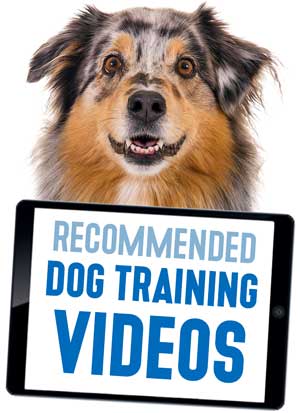
Dog Agility A-Frame: Taking Your Agility Training To New Heights
The dog agility A-frame is the biggest of all the agility obstacles. It is one of a set of obstacles that include the seesaw, dog walk and pause table and are called "contacts" because each piece features an area or areas painted in yellow that your dog's paws must come in contact with during a competition run. Failure to touch the contact point will result in a fault.
Because it is so large, the A-frame is not one of the basic pieces of agility equipment. It is, however, used in competition by every professional organization and so any dog/handler team serious about competing will have to learn to master this piece. For those who lack the space for training or storage that a full size A-frame requires, there are mini-frames available that will allow you to teach your dog the basic commands.
While even the full size dog agility A-frame can usually be adjusted to different heights for practice, in competition it is always used at maximum height, which is generally 8 or 9 feet, regardless of the breed of dog using it.
Most A-frames are made of either plywood painted with slip resistant and weather resistant paint or aluminum covered with a blended rubber surface for increased traction. The aluminum model is lighter weight, making it easier to both move and adjust the height.

Cerae / stock.adobe.com
When it comes to training on the A-frame, there are two basic challenges. Some dogs may initially be intimidated by the height of the plank and hesitant to climb. Still others, while not having issues climbing, may get distracted when they reach the top and hesitate there. In either case, mastering the A-frame requires solid communication between dog and handler and a steady control to get your dog up and over the top.
The dog agility A-frame, also known as the scaling wall, is not only used for agility training and competition but also for police and military K-9 training. It is the best way to teach dogs the skill of climbing, which can be crucial in rescue type work. For agility training it is just one of the basic skills that your dog will need to demonstrate in order to score high marks in competition.
Taking On The Challenge Of The Dog Agility A-Frame
As with most of the contact equipment, learning the A-frame can be more challenging because it will require your dog to become comfortable coming in contact with an unusual surface, whether it is unstable or oddly shaped or, in the case of the A-frame, steeply tilted. But most dogs enjoy a challenge and with the proper guidance will be able to quickly master the art of scaling the A-frame cleanly.
If you are handy with a hammer and nails and feeling adventurous, you can make your own dog agility A-frame fairly easily, with just a few 2x4's and some plywood sheets. Again, unless you are serious about agility competition it is not likely that you'll want to dedicate the time and money necessary to this particular piece of equipment. For the more cost conscious, a mini version of the A-frame, which can be purchased through any number of online retailers, may be all you require.
If you and your dog want a real challenge and want to be competition ready, the A-frame may be just what you're looking for. Look into this piece of agility equipment and take your agility training to new heights!
United States Dog Agility Association, Inc. (USDAA)
Have Dog Training Questions?
Check out these introductory dog training videos...
I want my dog to stop being aggressive.
I want some help training my new puppy.
I want my dog to stop barking at everything.
Get Australian Shepherd Info, Website Updates, Special Offers, and Cartoons...
FREE GIFT
You'll also receive a free copy of the ebook
My Everyday Dog Training Tools
by professional dog trainer Daniel Abdelnoor, "Doggy Dan"












 Loading Image...
Loading Image...